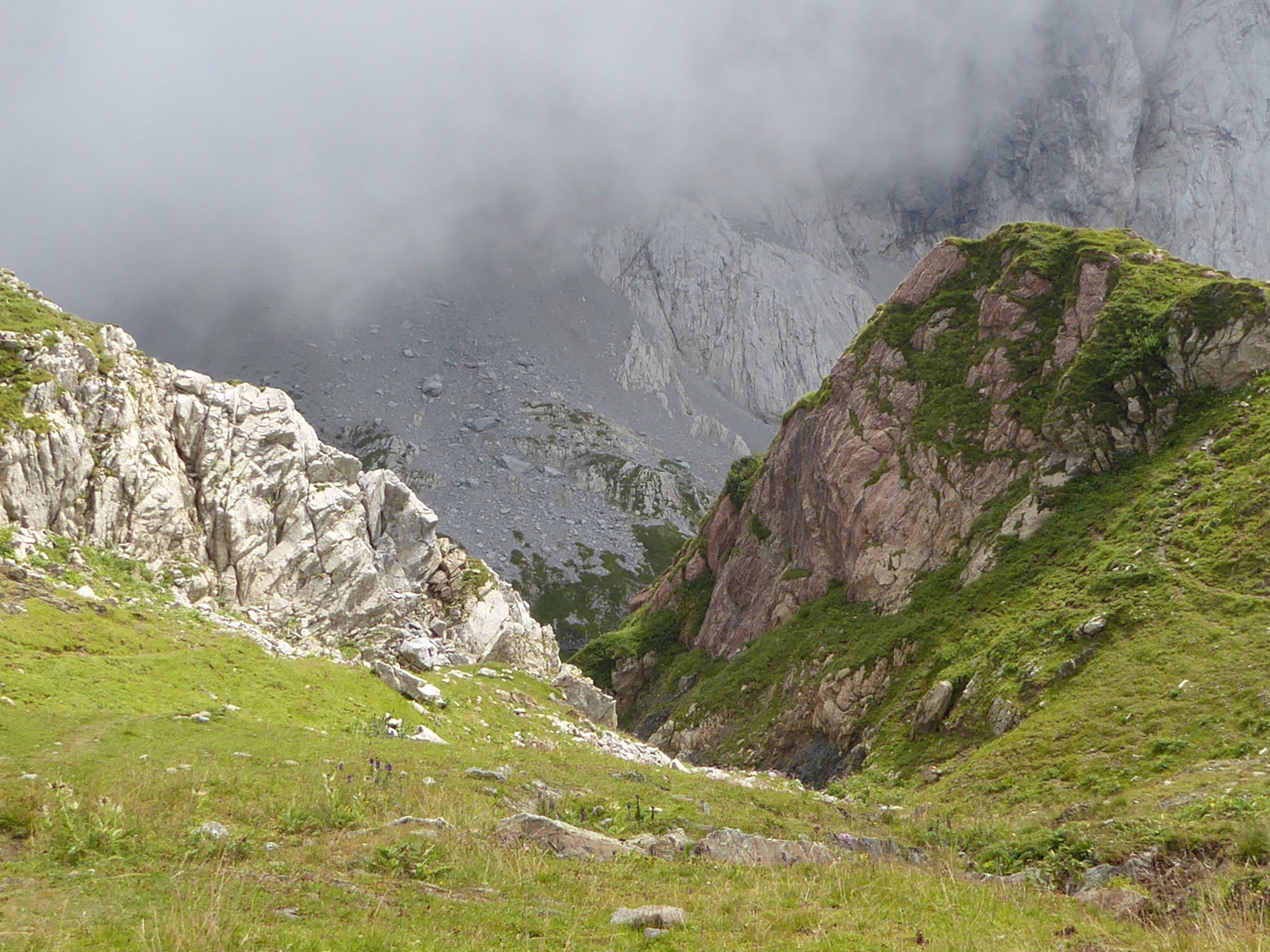Upon arriving at this stopping point, we can cast a glance at our shoulders and easily sense what immense forces are acting in nature. The clear limestone of the Wolayer Formation, on the eastern side, does not continue in the valley, where the limestones of the Findenig Formation can be found. The rock sequence was strained by tectonic movements, which have caused the layers’ slip. These movements have fractured the rocks, thus exposing them also to the erosion: therefore, it is frequent that valleys form along areas affected by tectonic lines (faults and/or overthrusts). The Gail Valley itself represents a stretch of one of the longest tectonic lines in Europe, the Periadriatic one, which extends for 700 Km (434 miles).
Cerca
Ultimi Post
- The temporary exhibition “The Wonders of the Underworld – Ampezzo, 20th June 2020
- The Geological Museum in Ampezzo opens next Saturday
- The temporary exhibition “Fossil fish from the Friulian Alps” opens again
- Coronavirus Emergency – extraordinary closing
- Presentation conference – book “INSIDE THE CARNIC ALPS” – Udine, 25th June 2019

